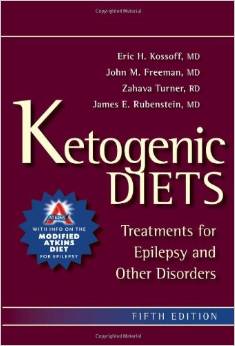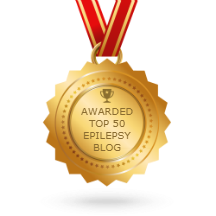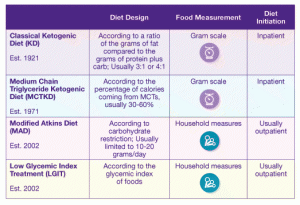If you are considering the medical ketogenic diet for your child, or perhaps your child is already scheduled to begin the medical ketogenic diet, you are likely seeking all the information that you can find to educate and prepare yourself. Even after your child starts the diet, you will likely continue searching for information and resources to support you in managing day to day. Many parents find books to be helpful, so for today’s KetoConnect blog post, we rounded up a list of five of our favorite books for parents learning about the medical ketogenic diet for epilepsy.
For more resources for parents learning about the medical ketogenic diet for epilepsy, check out our list of helpful YouTube videos and infographics.
 Ketogenic Diets
Ketogenic Diets
This book, by the ketogenic diet team at Johns Hopkins Hospital, is a must-have for both parents and health care professionals.
The Keto Cookbook
This ketogenic diet cookbook is co-authored by a mother of a child on the medical ketogenic diet and a ketogenic dietitian. It provides a variety of tasty ketogenic recipe ideas.
Keto Kid: Helping Your Child Succeed on the Ketogenic Diet
This book is written by a physician who is also the mother of a child on the medical ketogenic diet. It provides helpful tips for everyday management of the diet.
Fighting Back with Fat
This book is written by two mothers of children on the mediacl ketogenic diet for seizures. It provides practical tips for parents managing the Classical Ketogenic Diet or the Modified Atkins Diet.
Diet for Seizures: One Child’s Journey
In this book, a father tells about his daughter’s experience with the Modified Atkins Diet for epilepsy. This is a great read for parents, especially those interested in the Modified Atkins Diet.
Do you have feedback about these books or know of another useful book to add to this list? Please share in the comment section below!
The medical ketogenic diet should be used under medical supervision.
KetoCal is a medical food and is intended for use under medical supervision.


 Follow
Follow